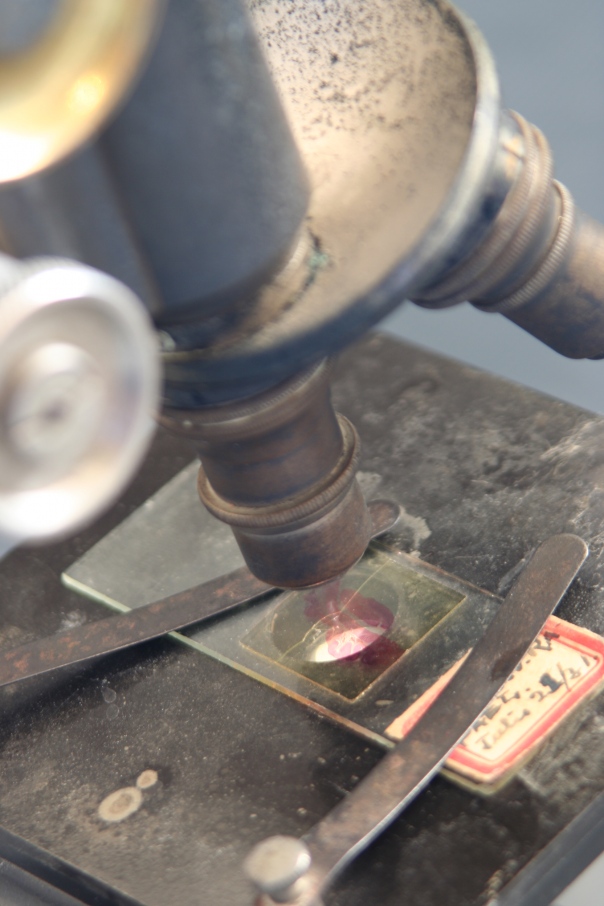How Köhler Illumination Can Help You See The Light
Time for another fun microscopy update! If you’re working in a lab and use a microscope occasionally, you may have heard about Köhler illumination. It’s certainly worth knowing about if you want to get the most out of your microscope.
d
d
My article at BitesizeBio will not only help to clue you in to its value, but will take you through the steps to achieve it.
d
Image Credit ardelfin at Morguefile

So if this is such a basic step (or seems to be to a non-user), why is it so unknown/uncommon?
Sorry, somehow I missed these comments! You know, when most folk start in a lab they’re just “left to it” with a microscope, unless they’re working with someone who’s main work focus involves microscopy (in which case they’d be taught this very early on). There’s a common misconception amongst those who don’t use it a lot that you just have to switch a microscope on and look down it – et voila! Probably because in most cases you’ll see something of your specimen by doing just that. It’s a bit like driving an automatic car – yes you can turn on the engine and make it move, even if it’s your first time in a car and you’re alone – but if you never get someone who drives well to really train you, you’ll never drive well.
That was fascinating—and a lot more complicated than what I did in high school.
It’s actually really cool to see how much better/clearer everything looks when you do it! As if someone just switched on the lights!